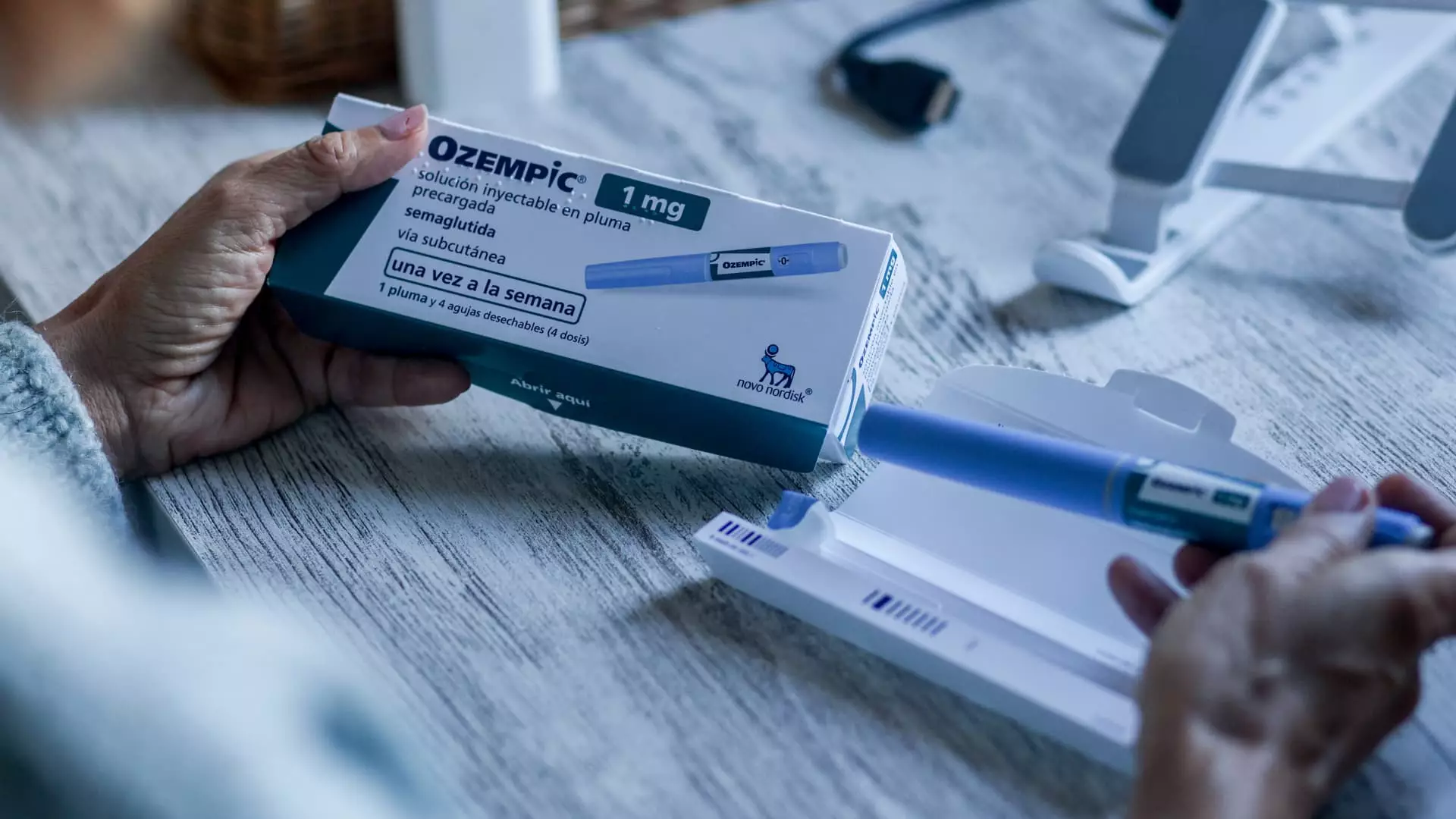In the United States, there is a growing demand for weight loss drugs, despite the limited insurance coverage and high cost associated with these medications. A recent survey conducted by Evercore ISI focused on GLP-1s, a new class of medications used to treat Type 2 diabetes and obesity, revealed a strong correlation between annual income and the willingness of patients to pay out of pocket for these treatments. The survey included over 600 participants who are currently taking a GLP-1, considering the therapy, or have taken it in the past.
The findings of the survey highlighted concerns about equity in access to breakthrough weight loss drugs, particularly as insurance coverage for these medications remains sparse. The cost of a monthly supply of GLP-1s ranges between $900 and $1,350 before insurance and other rebates. Despite the high cost, both Novo Nordisk and Eli Lilly offer savings programs to reduce out-of-pocket expenses for patients, irrespective of their insurance coverage status.
The survey results showed that individuals with higher annual incomes were more willing to pay a higher price out of pocket for GLP-1s compared to those with lower incomes. Approximately 60% of participants earning over $250,000 annually stated that they were willing to pay more than $300 per month for a GLP-1, while only 4% of individuals earning less than $75,000 were comfortable with the same amount. In fact, 64% of those with lower incomes indicated that $50 per month was the maximum they could afford to pay out of pocket for the medication.
Interestingly, the survey also found that the amount individuals were willing to pay out of pocket aligned with what they were currently paying for treatment. Those currently taking a GLP-1 reported spending $50 or less per month out of pocket, while a small minority paid over $750 per month for the medication.
When it came to the duration of GLP-1 treatment, the survey revealed that more than 80% of individuals who had previously been on the medication only stayed on the therapy for 12 months or less. Reasons for discontinuation included cost, reaching a weight loss goal, or experiencing side effects. Despite concerns about premature discontinuation of treatment, nearly half of current GLP-1 users expressed their intention to remain on the medication permanently. On the other hand, only 10% of individuals considering GLP-1 treatment had the same long-term commitment, with over 70% aiming to stay on the drug until they reached their desired weight.
Participants were also asked whether they would restart taking a GLP-1 if they regained weight after stopping the medication. The majority across all groups answered affirmatively. Among those who had previously taken a GLP-1, 42% reported gaining some weight back after discontinuing treatment, while 13% regained most, and 23% gained all the weight back.
In addition to cost and treatment duration, the survey explored how taking a GLP-1 affected participants’ eating and drinking habits. More than 70% of respondents reported eating less while on a GLP-1, irrespective of pre-existing health conditions such as diabetes, asthma, or high blood pressure. This response is in line with the mechanism of action of GLP-1s, which work by suppressing appetite and regulating blood sugar levels.
Furthermore, the survey revealed that a significant proportion of individuals without pre-existing conditions reported drinking less alcohol while on a GLP-1. On the other hand, a higher percentage of those with pre-existing conditions said they abstained from alcohol entirely while on the medication. These findings suggest that GLP-1s may play a role in reducing alcohol consumption in certain individuals.
Through the lens of income, the survey shed light on the disparities in out-of-pocket spending for weight loss drugs like GLP-1s. While individuals with higher incomes were willing to pay more for these medications, cost remained a significant factor in treatment duration and adherence. The survey findings underscore the importance of considering financial constraints in access to innovative weight loss therapies and the need for more affordable options to promote long-term adherence and positive health outcomes.

